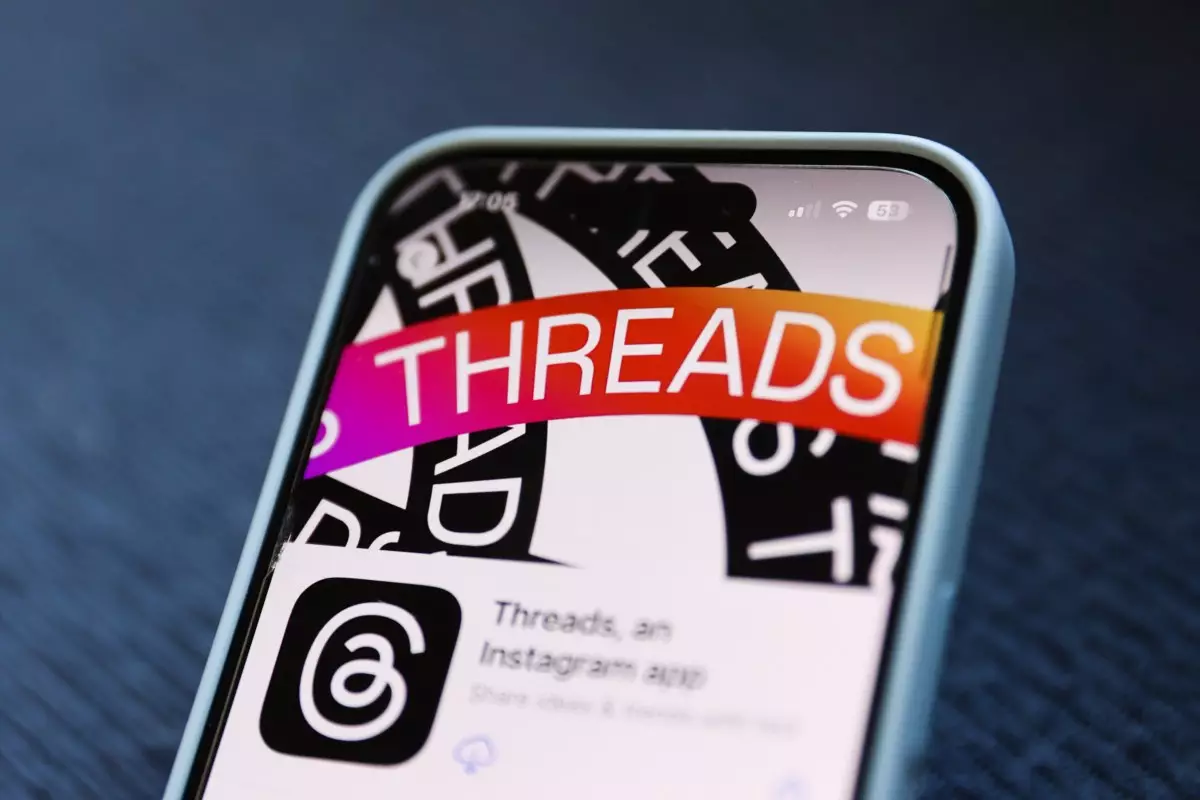Social media platforms continuously evolve, aiming to enhance user engagement and add functionalities that feel intuitive and necessary. However, this rapid evolution often neglects a fundamental principle: respecting user autonomy. When Instagram Threads introduced the direct messaging (DM) feature—a much-requested addition—it appeared as a step toward creating a more comprehensive social experience. Yet, beneath this veneer of progress lies a deeper challenge: the invisibility of individual control and the unintended consequences that come with unrefined features.
In the digital age, users are increasingly vocal about their need for safe spaces. While many embrace new options, others see them as threats to their personal boundaries, especially vulnerable groups such as women. The backlash against the uncontrolled rollout of DMs underscores a critical oversight: neglecting the importance of customizable experience. Rather than empowering users to choose how they wish to interact, platforms like Threads risk alienating their core audience by implementing features without sufficient adaptability.
The Clash Between Convenience and Safety
Adding DMs to Threads might seem like a natural progression for a social media app, but for some users, it raises red flags. The core concern revolves around harassment, spam, and predatory behaviors that thrive in open messaging environments. When these features are deployed without a clear option to opt out, it fosters a sense of vulnerability and loss of control.
Interestingly, the user feedback paints a consistent picture: many do not want DMs because they fear the safety implications. The social contract on Threads—initially a more public and transparent space—appears to be shifting toward a more private, and potentially perilous, terrain. Twitter/X and other platforms grappled with similar issues, but Threads’ initial resistance to DMs might have fostered a unique sense of safety that is now under threat. The desire to stay unbothered, especially for women and marginalized groups, outweighs the convenience of added communication channels.
Moreover, the lack of an immediate opt-out option magnifies the frustration. Users who are uncomfortable with DMs are left powerless, which can lead to feelings of helplessness and alienation. The platform’s assumption that following someone is enough to manage privacy overlooks the reality that many users follow content for information or entertainment, not for direct engagement.
The Bigger Picture: Balancing Innovation with User Agency
This scenario exposes a fundamental tension in social media design: how to innovate without compromising the trust and safety of the user base. Meta’s decision to link DMs to followers was presumably aimed at creating a more controlled environment, but the strategy falls short in practice. Privacy and safety are not mere afterthoughts but foundational to user retention and satisfaction.
By ignoring the importance of customizable privacy controls—such as an easily accessible toggle to disable DMs—platforms inadvertently empower negative experiences. A truly user-centric design would anticipate such concerns and incorporate features that allow individuals to tailor their social space according to their comfort level. For example, implementing an “opt-out” switch for DMs or more granular control over who can message you could significantly improve user sentiment.
Furthermore, the user backlash suggests a larger cultural shift: users increasingly demand transparency and autonomy in their digital interactions. When platforms ignore these demands, they risk building environments that promote dissatisfaction and distrust. Giving users the tools to control their experience fosters a sense of agency that is essential for long-term engagement.
Reimagining Social Platforms: From Reactive to Proactive in User Safety
In considering the future of social media features, a proactive approach that centers on user safety and control is paramount. Instead of reactive features—such as adding DMs because they are popular—platforms should prioritize understanding their community’s needs and concerns beforehand.
For instance, integrating privacy-preserving options like “temporary” DMs, the ability to quickly block or mute unwanted messages, or even community moderation tools could be game-changers. These measures would not only help mitigate harassment but also signal that user well-being is a priority.
Ultimately, true innovation in social media entails more than adding features—it involves cultivating trust. Users should feel empowered, with the capacity to shape their environment, rather than feeling exposed or trapped by platform decisions. If companies can embrace a design philosophy that prioritizes opt-in over opt-out, moderation over reaction, and transparency over opacity, they will foster healthier digital communities where users are genuinely in control of their experiences.
In a landscape rife with risks and opportunities, giving users the reins of their online interactions might just be the key to building platforms that are both innovative and truly safe.

